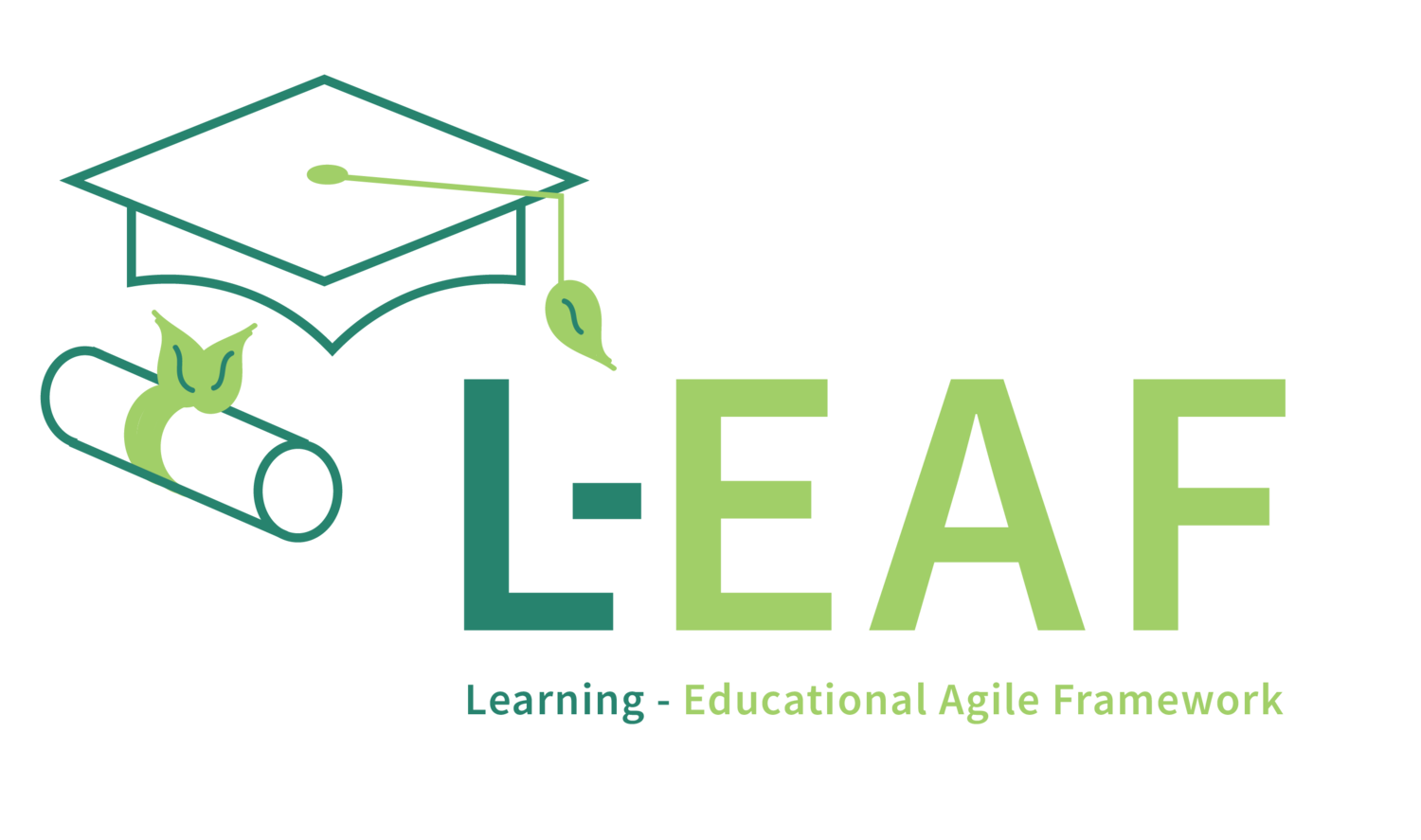Introducing the LearningKATA, a simple scientific approach to improving classrooms.
LearningKATA and Toyota Improvement Kata are both structured approaches for continuous improvement and problem-solving, but they have different emphases and applications.
Toyota Improvement Kata is a general-purpose problem-solving framework that can be applied to any type of process or challenge. It is based on the scientific method and consists of four steps:
Establish a target condition: Define what you want to achieve.
Grasp the current condition: Understand the current state of the process or situation.
Develop an experiment: Create a plan to test a possible solution.
Go and see: Implement the experiment and observe the results.
LearningKATA is a specific application of the Toyota Improvement Kata tailored to the context of education. It focuses on empowering educators to improve their teaching practices by experimenting with new approaches and reflecting on their results and students to improve their learning process using the same practice. The core of LearningKATA is Micro Immersive Coaching (MIC), which are short, focused coaching sessions that help the practitioner to:
Articulate their challenges: Clearly define the problem they are trying to solve.
Set goals: Establish specific and measurable objectives.
Design experiments: Develop plans to test their hypotheses.
Reflect and learn: Analyze the results of their experiments and make adjustments as needed.



